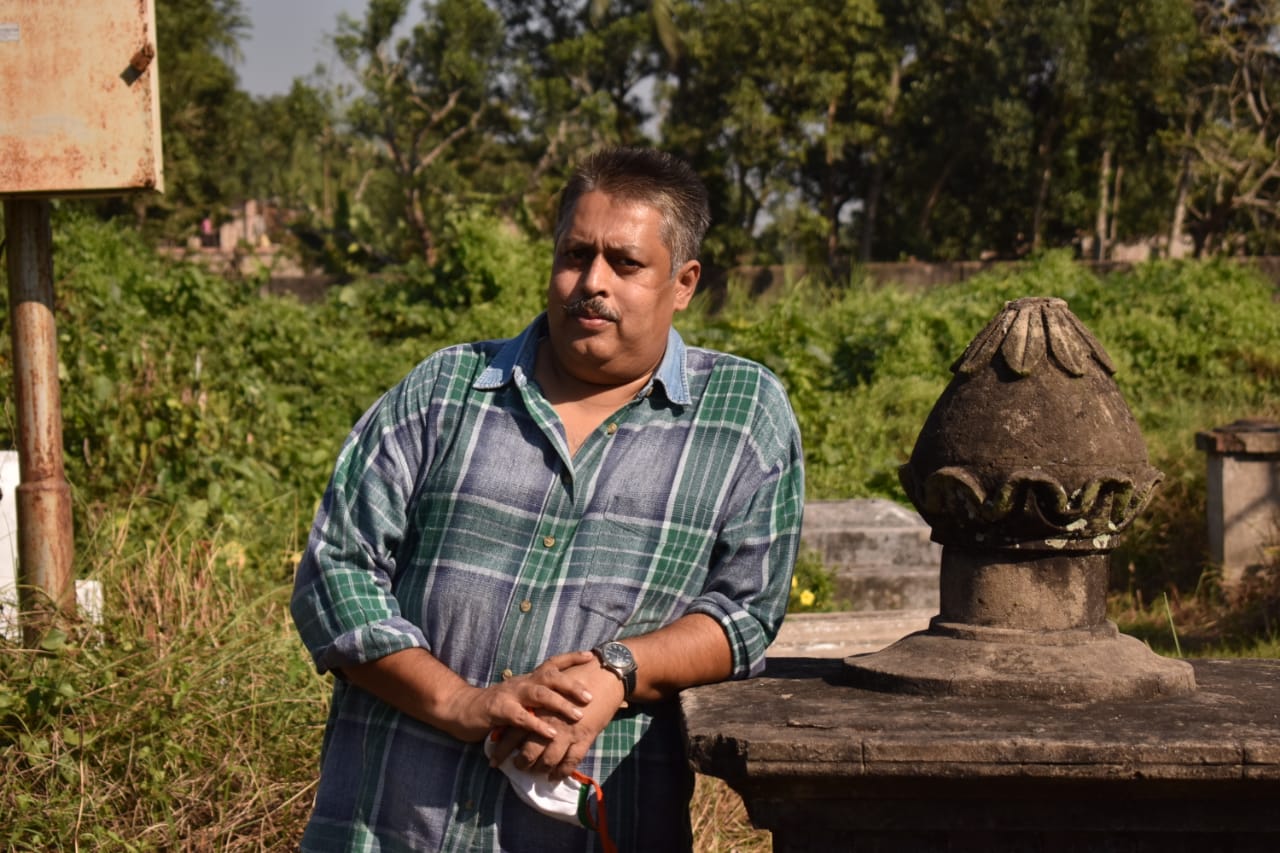Saving vultures: Many miles to go
The decline of vulture populations in India was first recorded at the Keoladeo Ghana National Park, Rajasthan, between the 1980s and mid-1990s, followed by northern India road counts. By 2007, the population of Oriental White-backed Vultures and Long-billed Vultures had declined by an astonishing 99.9 per cent.
